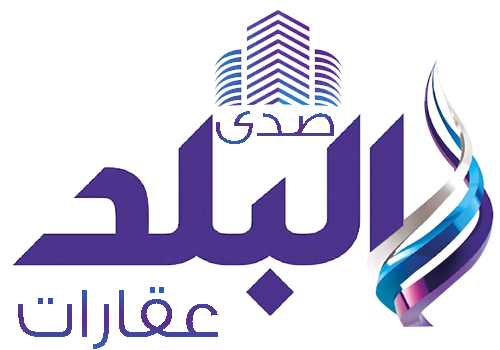LUXOR – A joint Egyptian-French archaeological mission has uncovered remarkable new finds at the Ramesseum Temple on Luxor’s West Bank, shedding light on its complex history and multifaceted role in ancient Egyptian society. The team, comprised of experts from the Supreme Council of Antiquities, the French National Center for Research, and Sorbonne University, has revealed a series of tombs from the Third Intermediate Period, storage facilities for essential goods, and workshops for textiles and stonework, alongside remnants of kitchens and bakeries.
Among the most significant finds is the "House of Life," an educational institution attached to major temples. This discovery provides unprecedented insights into the structure of ancient learning, with a wealth of artifacts including drawings and school-related games. It marks the first direct evidence of a formal school within the Ramesseum, also known as the "Temple of Millions of Years."
Excavations to the east of the temple have uncovered a series of buildings believed to have functioned as administrative offices. Meanwhile, studies on structures in the northern section suggest they were used for storing olive oil, honey, and fats. Vaults dedicated to wine storage were also identified, supported by the discovery of numerous labeled wine jars. The mission's work in the northeastern sector led to the discovery of numerous tombs from the Third Intermediate Period, containing burial chambers, canopic jars, well-preserved funerary objects, nested coffins, and 401 Ushabti figurines crafted from pottery, alongside scattered human remains.
In his remarks, Egypt’s Minister of Tourism and Antiquities, Sherif Fathy, praised the excavation team for unveiling new dimensions of the Ramesseum’s historical and religious significance.
On his part, Dr. Mohamed Ismail, Secretary-General of the Supreme Council of Antiquities, emphasized that these findings redefine understanding of the temple’s role during the New Kingdom, particularly in the Ramesside period.
The discoveries confirm that the Ramesseum was not just a site of worship but also an administrative and economic hub, redistributing stored and manufactured goods to benefit local communities, including artisans from Deir el-Medina. Further analysis indicates that the Ramesseum predates its construction under Ramses II.
After periods of looting, it was repurposed as a massive priestly necropolis and later utilized as a quarry during the Ptolemaic and Roman periods.
According to Dr. Hisham El-Leithy, head of the Department of Conservation and Documentation at the Supreme Council of Antiquities and co-leader of the mission, the rediscovery of the tomb of "Sehetep-ib-Re" in the temple’s northwestern section. Initially uncovered by British archaeologist Quibell in 1896, this Middle Kingdom tomb is adorned with intricate funerary scenes depicting its owner’s journey to the afterlife.
The mission has also made significant progress in restoring the temple’s southern section, including the hypostyle hall and the Holy of Holies. Among their efforts was the reassembly of the statue of Tuya, mother of Ramses II, placing it in its original position south of the pharaoh’s statue. Additionally, fragments of a colossal Ramses II statue were reconstructed, with the legs reattached to a newly restored base. Dr. Christian Leblanc, the French co-leader of the mission, reported that ongoing restoration work on the adjacent royal palace has clarified its original design. This palace, once a grand structure featuring a reception hall and a throne room, served as the venue where Ramses II conducted official audiences.
At the temple’s Second Pylon, a fragment of a granite lintel was discovered, depicting Ramses II deified before Amun-Ra.
Furthermore, remains of a cornice that once supported a frieze of baboons were uncovered. Excavations have also cleared debris from the northern, southern, and central processional ways, revealing numerous artifacts from the Third Intermediate Period. The team confirmed that these pathways were once lined with statues of the jackal god Anubis resting on small shrines, with several recovered fragments now undergoing restoration.
Since 1991, the Egyptian-French mission has conducted extensive excavations and restoration work across the Ramesseum complex. Their ongoing discoveries continue to reshape scholarly understanding of this monumental site, cementing its place as a crucial center of worship, administration, and economic activity in ancient Egypt.












